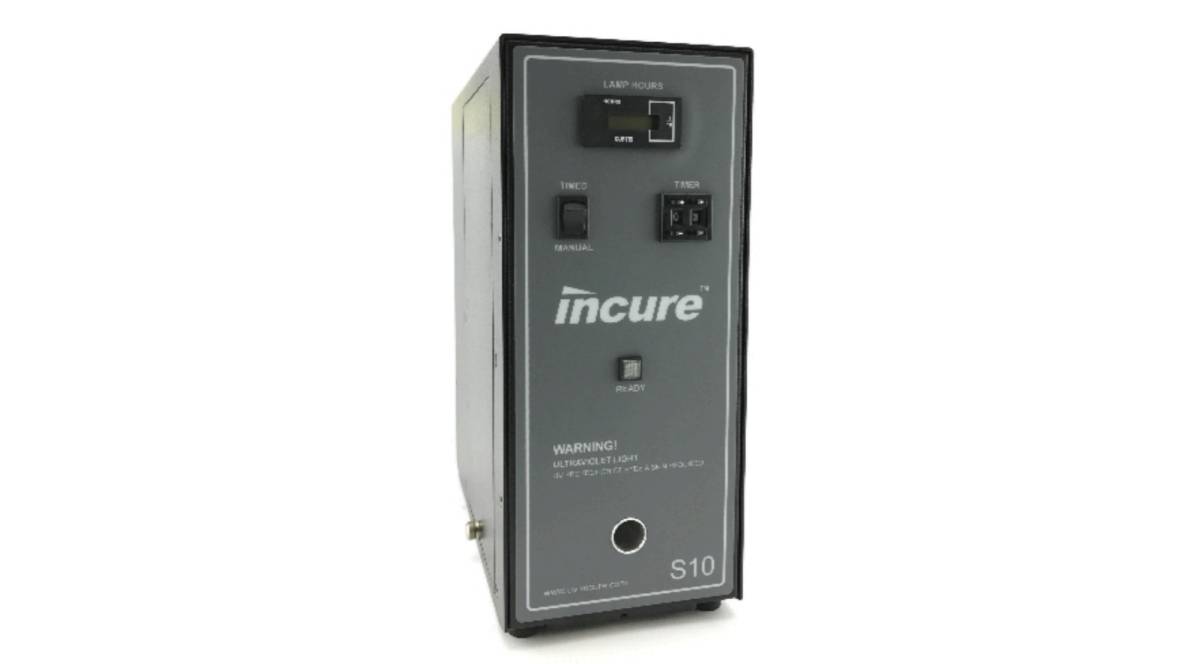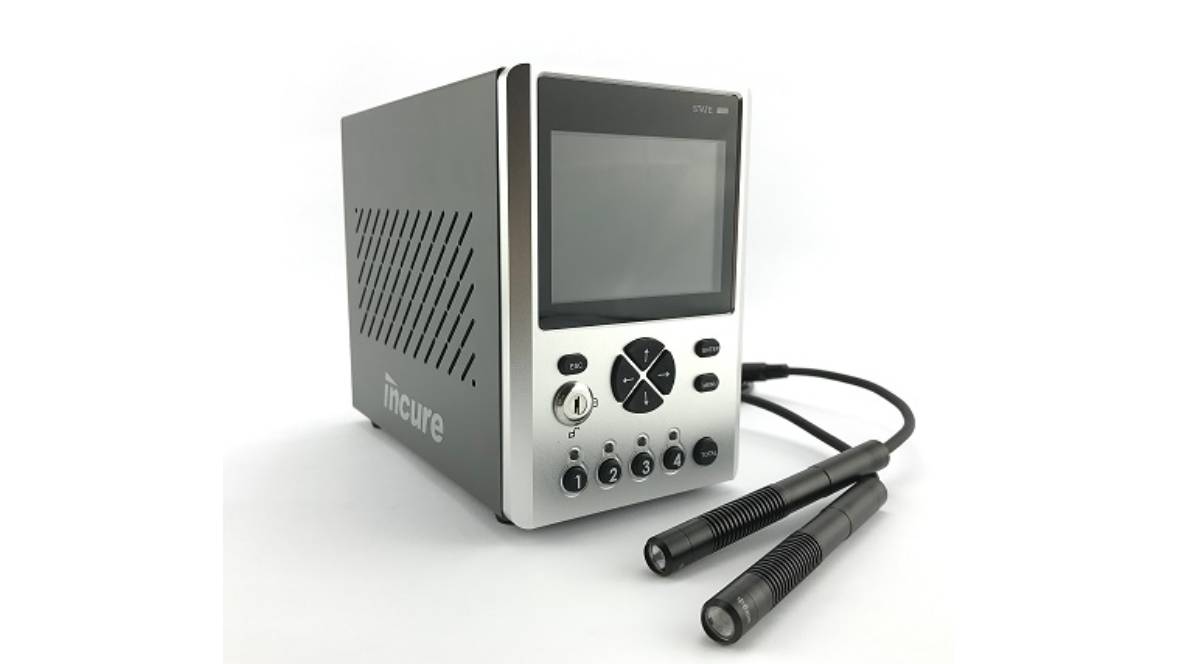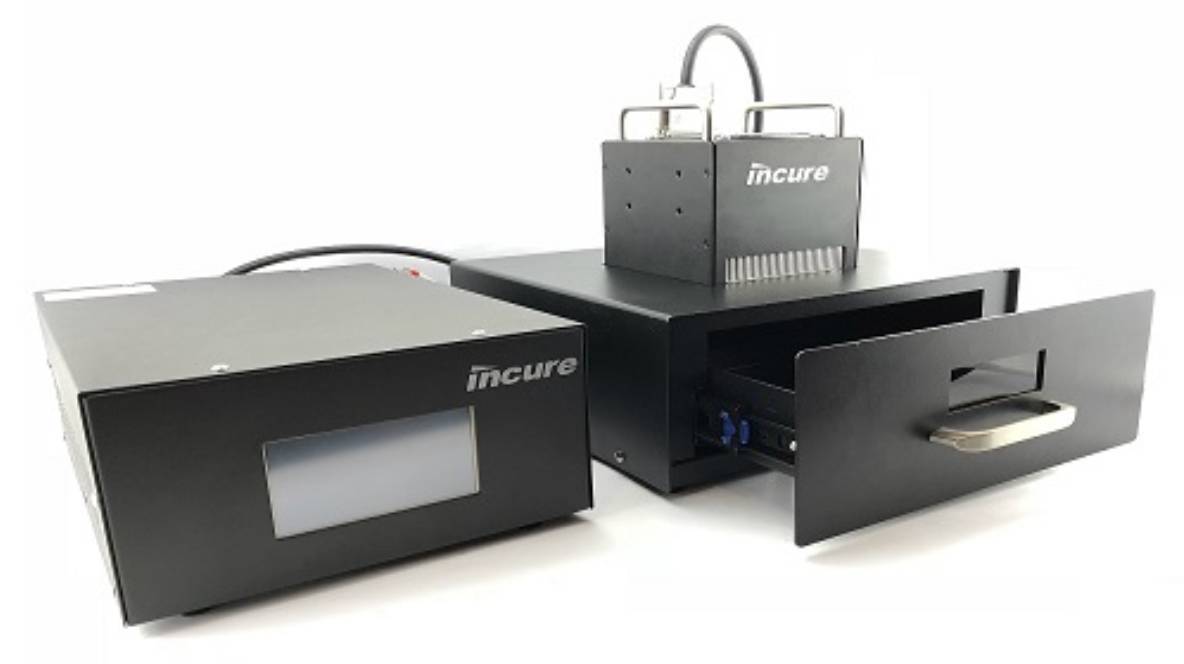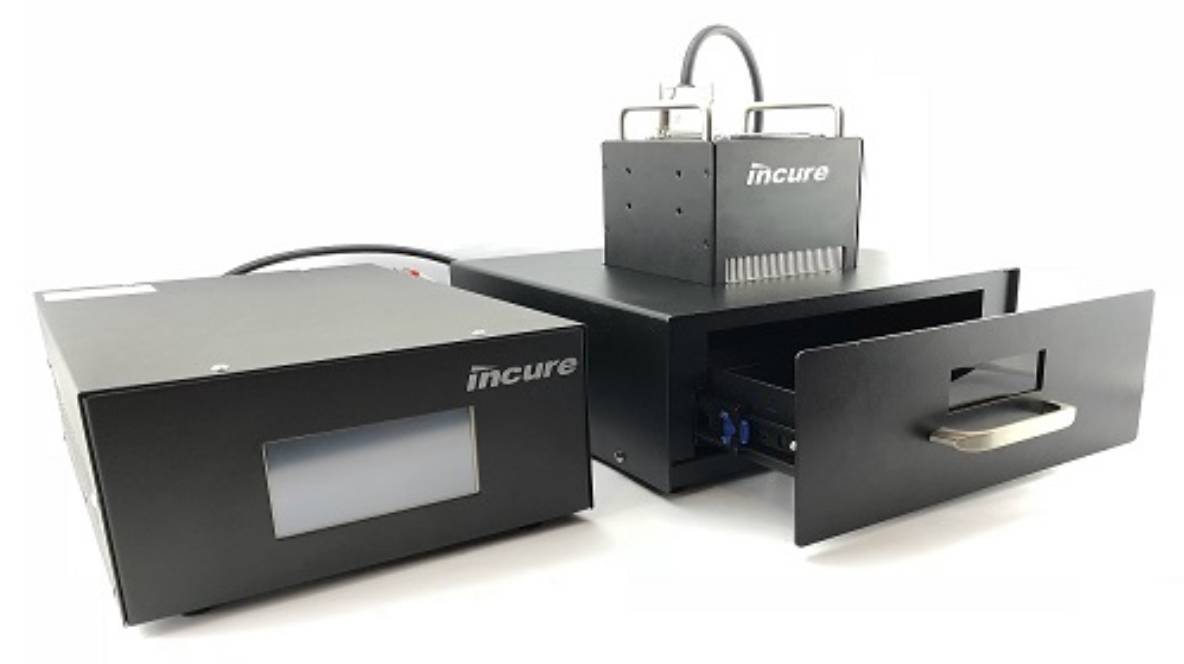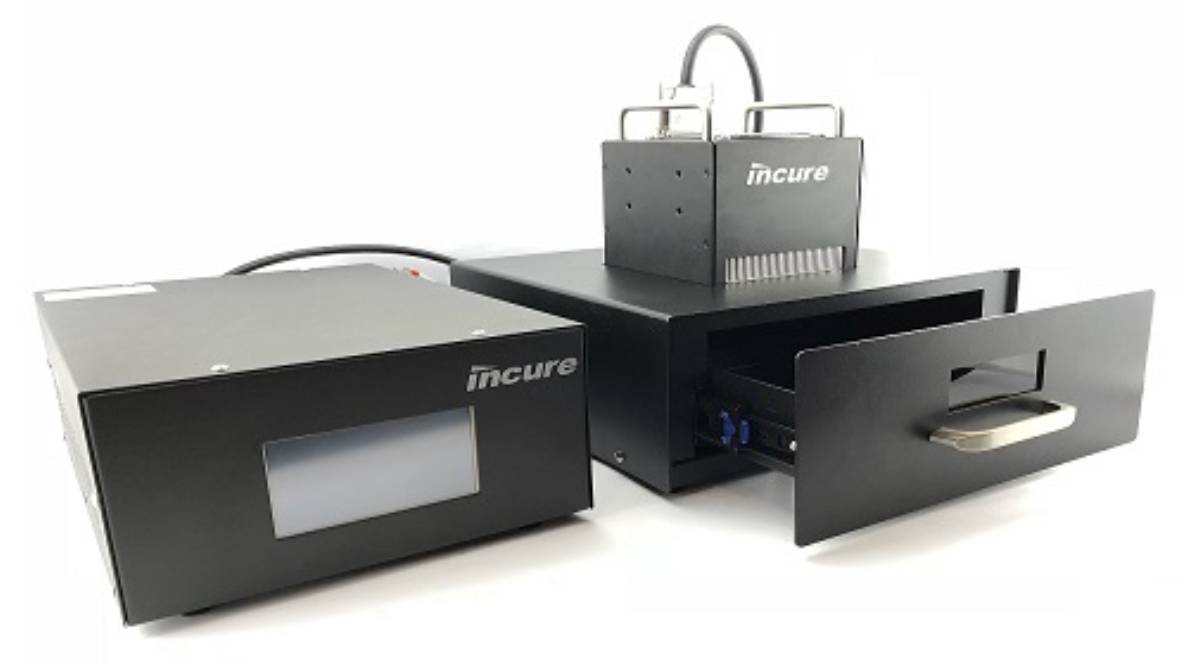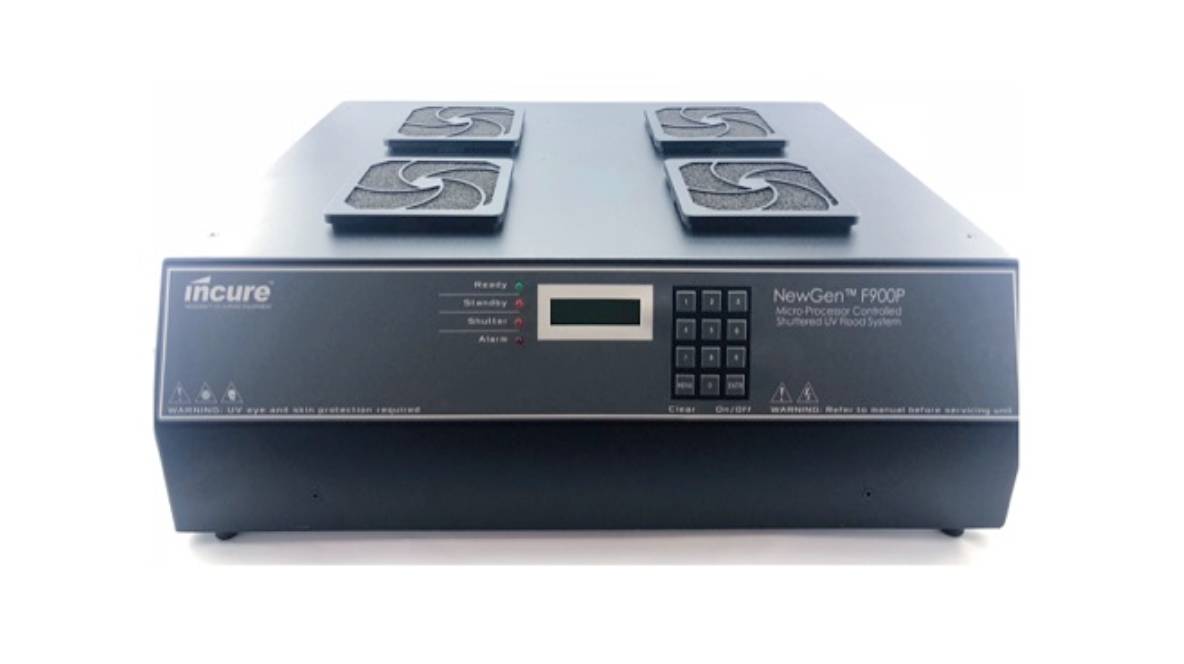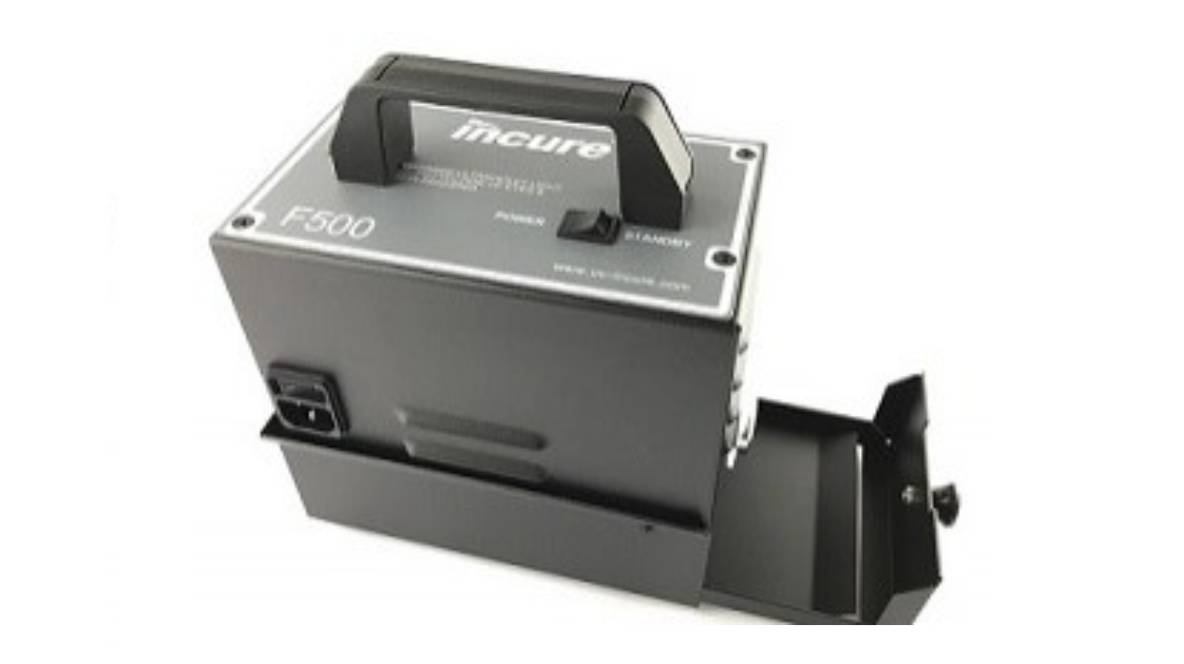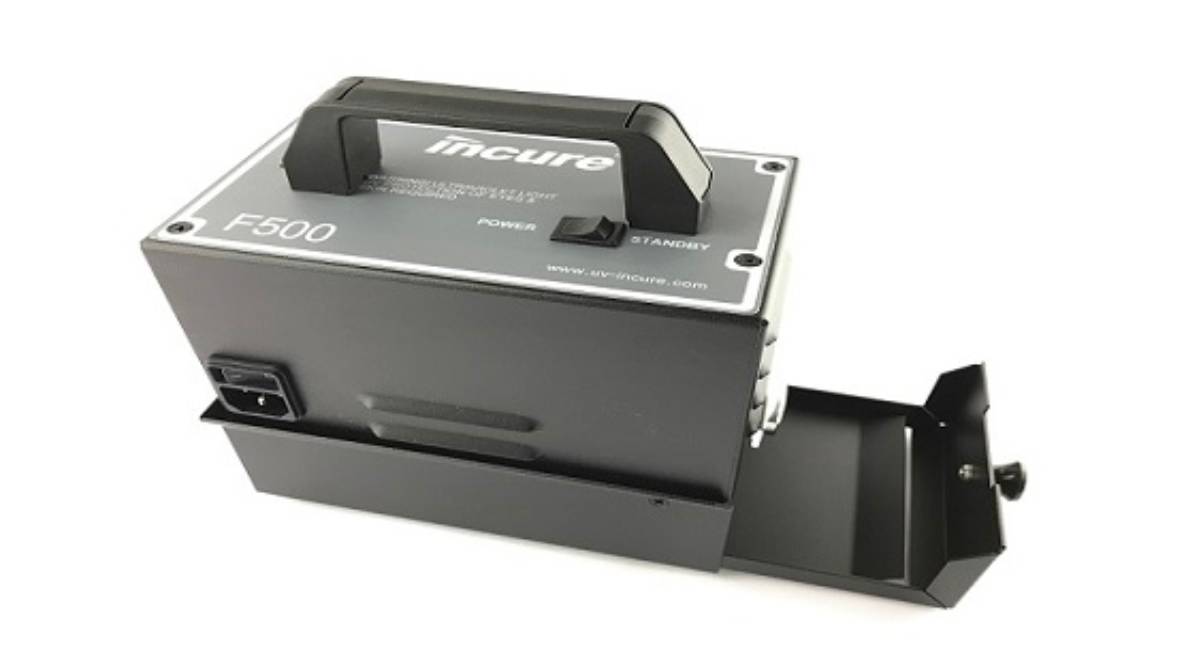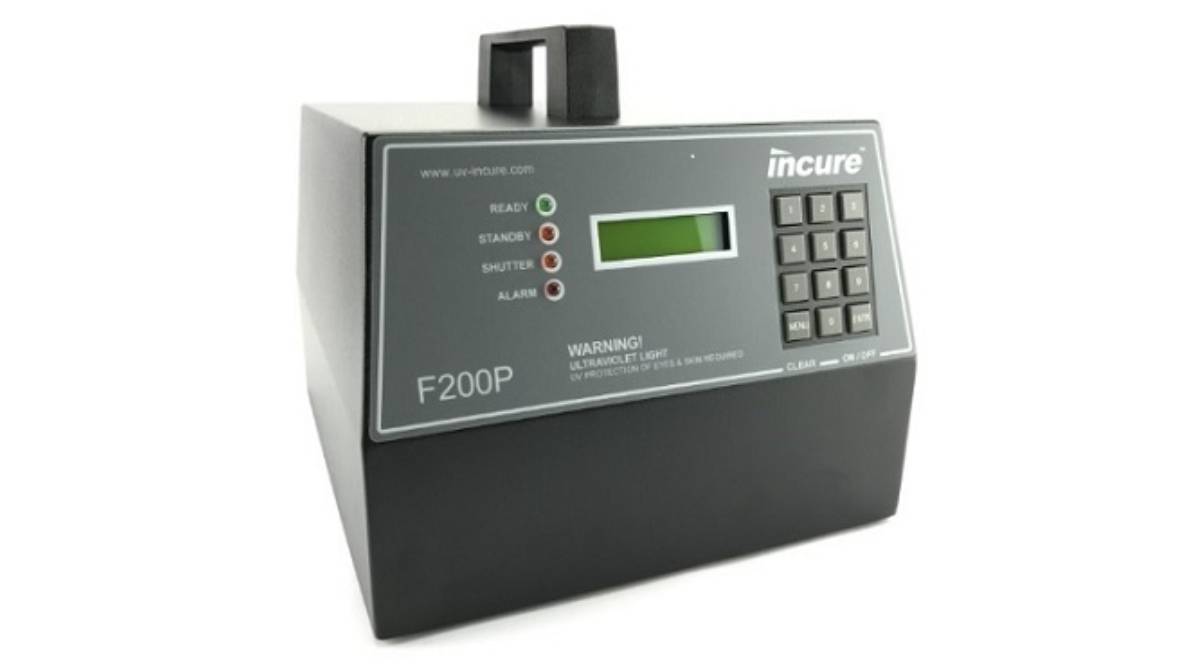The S10 High Intensity UV Spot Lamp: A Compact Powerhouse for Targeted Curing
In the realm of light-curable materials, precision and efficiency are paramount. The S10 High Intensity UV Light-Curing Spot Lamp emerges as a compelling solution, offering an exceptional combination of power, compact design, and user-friendly operation at a competitive cost. Let’s explore the advantages, diverse applications, and key factors to consider when choosing the S10 to elevate your targeted curing processes.
Advantages of the S10 High Intensity UV Spot Lamp:
- High Intensity for Efficient Curing: The S10 delivers concentrated UV light, ensuring fast and effective curing of targeted areas.
- Compact Design for Versatility: The S10’s lightweight and small footprint (10″ x 5″) make it ideal for use in various workspaces and for easy positioning during curing applications.
- Long-Life Lamp and Replaceable Parts: The vertically mounted mercury lamp offers extended lifespan, and the separately replaceable elliptical reflector and filtered light guide ensure cost-effective maintenance.
- Wide-Range Power Input: The S10 accommodates a wide range of AC line voltages for global compatibility.
- Cool Light Output: The S10 minimizes heat generation, preventing unwanted material fuming or damage during curing.
- Precise Exposure Control: Easy-to-use exposure time controls allow for accurate curing adjustments based on material requirements.
- Foot Pedal Activation: The foot pedal provides convenient hands-free operation, improving workflow efficiency.
- Lightweight and Portable: Weighing less than 7.5 pounds, the S10 is highly portable and can be easily transported for use in different locations.
Applications of the S10 High Intensity UV Spot Lamp:
- Small-Scale, Targeted Curing: The S10’s compact size and focused light output make it ideal for curing small parts, intricate details, or specific areas on larger objects.
- Cost-Effective Curing Solution: The S10’s long-lasting lamp, replaceable parts, and competitive price point make it a budget-friendly option for various curing applications.
- Art Restoration & Repair: The S10 can be used for targeted curing of adhesives or coatings used in art restoration and repair applications.
- Dental Applications: The S10’s precise curing capabilities can be beneficial for certain dental procedures involving light-curable materials.
- Laboratory Applications: The S10 is suitable for targeted curing tasks in laboratories where precise control and a small footprint are advantageous.
- Electronics Manufacturing: The S10 can be used for curing UV-curable coatings or components in electronics manufacturing that require a focused light source.
Choosing the Right S10 High Intensity UV Spot Lamp:
Selecting the S10 is ideal if you prioritize the following:
- Cost-effective curing solution
- Compact and portable design for flexible use
- Easy-to-use operation with foot pedal activation
- Precise exposure time control for various materials
Considerations before choosing the S10:
- Material Compatibility: Ensure the S10’s light output spectrum is compatible with the specific light-curable materials you’ll be using.
- Curing Area Requirements: While well-suited for small and targeted curing, the S10 might not be ideal for curing very large areas.
- Long-Term Needs: If high-volume curing or continuous operation is required, consider industrial UV curing systems designed for such applications.
Conclusion:
The S10 High Intensity UV Light-Curing Spot Lamp offers a compelling solution for professionals and hobbyists seeking a compact, user-friendly, and cost-effective curing tool. By understanding its advantages, diverse applications, and key selection criteria, you can determine if the S10 is the right tool to elevate your targeted curing processes and achieve optimal results within your budget.
Unleash superior curing power with the S10 High Intensity UV Light-Curing Spot Lamp. Its adjustable focus and powerful output deliver precise, high-performance curing for demanding applications. Shop Online or Contact Us for personalized recommendations on wavelength and cure times. Visit www.incurelab.com to learn more about maximizing S10’s efficiency for your needs.”
